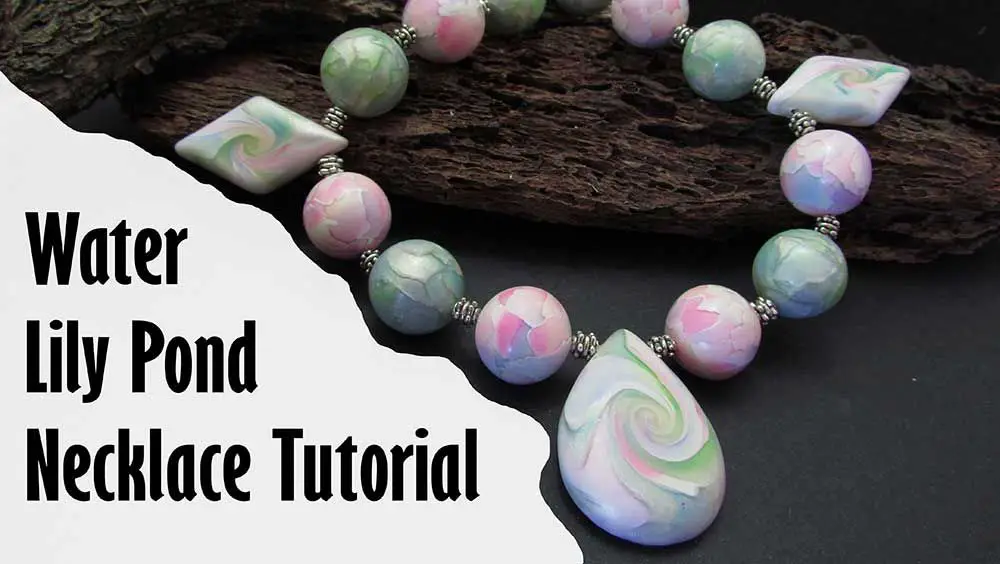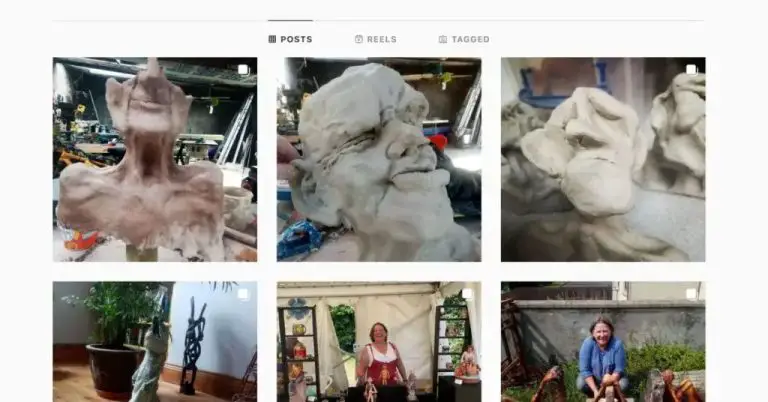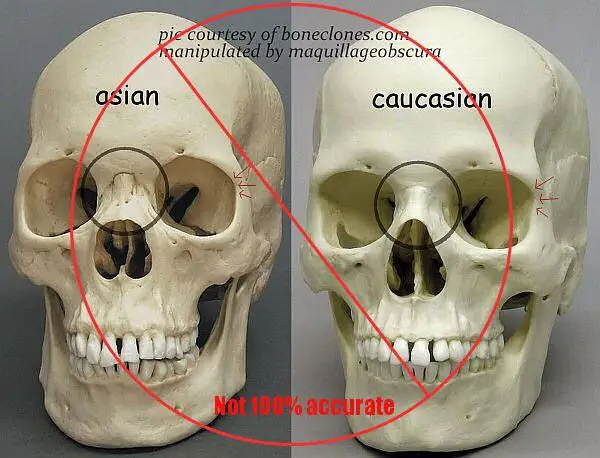Clay Artistry: Ideas And Inspirations For Creative Minds
Clay artistry refers to the practice of creating artworks using clay as the primary medium. Clay is one of the oldest and most versatile art materials, with evidence of clay pottery and sculptures dating back over 20,000 years. Clay can be molded, shaped, carved, stamped, and decorated in endless ways, making it a popular choice among contemporary artists and hobbyists alike.
Some of the most common forms of clay art include pottery, sculpture, jewelry, prints, and claymation. Clay comes in many varieties, including earthenware, stoneware, and porcelain. When fired at high temperatures in a kiln, clay becomes hard, durable, and water-resistant. However, varieties like air-dry clay allow artists to work at room temperature. Clay remains malleable and able to be reshaped until it is fired, making it an extremely forgiving and flexible medium.
While clay has an ancient history, it continues to inspire contemporary artists around the world. From functional pottery to elaborate figurative sculptures, clay allows artists to create works that are both visually striking and tactile. The hands-on nature of clay invites experimentation and spontaneity. The wide range of clay working techniques — from hand-building to wheel-throwing to mold-making — means there is an approach suited to every skill level and artistic vision. Whether working in porcelain, stoneware, or polymer clay, artists can produce intricate works that capture the imagination.
Clay Sculpting
Clay sculpting involves shaping clay into artistic forms and figures. Some key tools and techniques for sculpting with clay include:
- Using basic sculpting tools like loop tools, rib tools, wooden tools, and wire tools to shape, blend, scrape, and smooth the clay (source)
- Starting with basic shapes like balls, coils, and slabs and combining them to build up a form
- Using an armature or wire frame to support more complex sculptures
- Employing the subtractive technique by cutting away clay
- Utilizing the additive technique by gradually building up the form with more clay
- Adding psychological elements with facial expressions and body language
- Creating textures by impressing objects into the clay
When sculpting faces and figures, it’s important to carefully craft anatomical details and proportional accuracy. For animals and abstract shapes, you can take more artistic license. Famous clay sculptors known for their figure modeling include Edgar Degas and Auguste Rodin.
Pottery
Pottery is one of the most popular and accessible forms of clay artistry. There are several main techniques for creating pottery pieces:
Wheel Throwing – This technique involves using a pottery wheel to shape clay into symmetrical forms like bowls, vases, cups, and plates. It requires practice to center the clay on the wheel and refine throwing techniques. Wheel throwing allows for uniform walled pottery with refined shapes and thin walls.1
Hand Building – Hand building involves sculpting clay without the use of a wheel. Techniques like pinch pots, coils, and slabs allow you to create unique asymmetrical and organic pottery shapes. Hand building is great for beginners as it develops important skills without the added complexity of the pottery wheel.2
Molding – This technique uses molds to form pottery pieces with uniform shapes. Pouring slip into plaster molds allows rapid production of identical pieces. Molds can also be used to add decorative elements like textures, patterns, and embellishments.
Once pottery pieces are dried and fired, there are many options for decorating the surface. Glazing involves applying colored glass-like coatings that melt in the kiln to create a glossy watertight finish. Other decorative techniques include carving, slip trailing, stamping, and painting directly on bisque fired clay.
For design inspiration, look to historical styles like Asian porcelain and Mediterranean terra cotta as well as modern aesthetics. Experiment with shape, pattern, color, and texture to develop your own unique pottery creations.
Clay Jewelry
Jewelry making with clay is a fun and creative hobby that allows you to design unique pieces to wear or give as gifts. There are several techniques for crafting jewelry from clay, such as sculpting beads, pendants, rings, and more. Polymer clay is one of the most popular types of clay for jewelry making because it hardens at low temperatures and provides an durable, lightweight finished product.
When working with polymer clay, it helps to condition it first by kneading and rolling to make it smooth and pliable. You can mix colors together to create custom blends. To make beads, roll pieces of clay into balls or other shapes, then pierce them with a skewer or thick needle to create a hole before baking. For pendants, hand-sculpt shapes or press clay into molds. Rings can be formed around a ring mandrel for the perfect fit.
Proper baking is important to fully harden and cure the clay. Follow the manufacturer’s instructions, but generally bake at 265-275°F for 15-30 minutes. Allow pieces to cool fully before handling. Adding a glaze or liquid clay provides a glossy finish and seals the surface. Embellish with paints, foils, decals and more after baking. Finally, assemble jewelry by stringing beads on cord or wire, attaching clasps and findings.
Some design ideas for clay jewelry include:

– Marbleized patterns by blending clay colors
– Inlaid shapes using thin sheets of contrasting colors
– Nature-inspired beads like stone or wood looks
– Etched or stamped detailings
– Molded textures like flowers, leaves, animals
To get started, see this excellent beginner’s guide on how to make polymer clay jewelry. With an endless array of colors and the ability to create unique, handmade designs, clay is a versatile material for crafting gorgeous jewelry.
Polymer Clay Art
Polymer clay is a versatile medium for artists and crafters. It’s made from PVC resin and plasticizers which allows it to be shaped, molded and sculpted when conditioned properly. Polymer clay remains flexible and workable at room temperature unlike other clays that require firing in a kiln. Once a polymer clay creation is completed, it needs to be cured in a regular oven to harden it. Here’s an introduction to working with polymer clay:
It’s important to condition polymer clay properly before starting to sculpt with it. Kneading it makes the clay soft and pliable so it can be shaped smoothly without cracking. Start by warming a chunk of clay between your palms. Then press and squeeze it on a smooth surface using your fingers to work it until it’s soft and smooth. Adding a bit of liquid polymer clay or mineral oil can help soften further. Avoid over-conditioning as that can make the clay sticky.
Polymer clay is very versatile for sculpting figurines, jewelry, decorative items and more. Basic hand sculpting tools like metal sculpting tools, loop tools and silicone tipped shapers can help shape fine details. Cutters allow you to cut precise shapes. Roller tools like acrylic rods help flatten, smooth and shape the clay into sheets or slabs. Textured items can imprint patterns on the clay.
Some special techniques to try are caning, mica layering, Skinner blends, marbling and more. Caning involves creating and slicing clay canes with intricate patterns to use in projects. Mica powders pressed into the clay add shimmer. Skinner blends create colorful gradients by twisting and blending colors. Marbling swirls two colors together. There are many creative ways to work with polymer clay!
To get started, choose a simple small project like a pendant or charm. Condition your clay first, then sculpt your design. Make sure to smooth the surfaces then bake according to package directions. With some practice, you’ll be creating amazing polymer clay artworks.[1][2]
[1] https://www.montmarte.com/blogs/tips-techniques/polymer-clay-techniques
[2] https://www.sculpey.com/blogs/blog/types-of-polymer-clay-techniques-what-works-best
Claymation
Claymation, also known as stop motion animation, is a unique art form that brings inanimate objects to life through frame-by-frame filming. Animators carefully manipulate clay figures and props in incremental movements, with each pose photographed individually. When the thousands of images are played back in sequence, it creates the illusion of continuous motion.
Clay is a popular material for stop motion because it is malleable and flexible. Animators can continually reshape characters and scenery between frames without any permanent damage. The clay retains its shape between manipulations so figures hold their positions steadily during filming. Plasticine and polymer clay are common clays used in claymation.
Tips for creating great claymation:
- Design fun, memorable characters with expressive personalities.
- Construct intricate miniature sets with vivid details.
- Plan out movements thoroughly to achieve fluid motions.
- Take photographs consistently against a fixed backdrop.
- Keep characters malleable by spraying water or oil to prevent drying.
Claymation has been used to great effect in classics like Wallace and Gromit, Chicken Run, and Gumby. More recent examples include Torill Kove’s charming The Danish Poet, which won the Academy Award for Best Animated Short Film.
Working with Air Dry Clay
Air dry clay, also known as clay craft, modeling clay, or self-hardening clay, is a popular choice among clay artists for its ease of use and accessibility. Unlike other clays that require firing in a kiln, air dry clay hardens naturally through evaporation. This makes it a great option for beginners looking to explore clay artistry without investing in additional tools and equipment.
Some key benefits of working with air dry clay include:
- Very easy to use right out of the package – no kneading or preparation required
- Does not require a kiln or other special equipment for hardening
- Quick drying time of 24-48 hours
- Lightweight and portable for crafting on-the-go
- Non-toxic and safe for kids and adults
Air dry clay is quite versatile and can be used to create jewelry, sculptures, ornaments, decorative objects, and more. Popular air dry clay project ideas include:
- Figurines, animals, and miniature sculptures
- Jewelry like beads, pendants, and earrings
- Magnets, coasters, and decorative household items
- Dioramas, decorative boxes, and shadow boxes
- Faux food items and miniature desserts
For best results when working with air dry clay, follow these tips:
- Work in thin layers and allow each layer to dry before adding more clay
- Smooth seams and joints by gently rubbing with your fingertips
- Use acrylic paints, glazes, or varnishes to finish dried clay pieces
- Store unused clay in an airtight container to prevent drying out
With its versatility and ease of use, air dry clay opens up a world of creative possibilities for clay artisans of all skill levels. It’s an excellent choice for beginner clay projects as well as small crafts and jewelry.
Clay Printing and Stamping
Clay printing involves transferring images and textures onto clay surfaces using a variety of techniques. This allows artists to decorate and personalize their clay creations in creative ways.
Some common clay printing techniques include:
– Hand printing using found objects: Pressing items with interesting textures into clay leaves an imprint behind. Things like leaves, lace, burlap, netting, etc. can work well.
– Custom stamps: Clay stamps can be made by carving shapes and patterns into eraser ends or linoleum blocks, then pressing into clay.
– Press printing: Using a press transfers images from laser prints and photocopies onto clay.
– Decal application: Pre-made ceramic decals can provide color and intricate designs.
When making custom stamps, remember that the imprint will be the reverse image of the carving. Avoid intricate details and carve deep lines for best imprints.
To hand print, press the item firmly into the clay, taking care not to drag or twist it. Using slip or acrylic gel medium on the object first can help transfer the image.
For press printing, laser print or photocopy the image flipped horizontally. Coat the paper side with slip or medium, place it image down onto the clay, and run it through a printing press. Use tape to fully secure paper edges.
Clay printing opens up many fun project possibilities. Try making mugs or plates decorated with custom designs, jewelry with meaningful imprints, or displaying press printed art in framed boxes. Let your creativity run wild!
Sources:
http://agingandcreativity.blogspot.com/2012/11/mitch-lyons-artist-founder-of-clay.html
https://br.pinterest.com/pin/393150242443992391/?send=true
Inspiring Clay Artists
Some of the most innovative and talented clay artists have pushed the boundaries of what can be created with this versatile medium. Their unique styles and mastery of technique have inspired generations of ceramicists.
One groundbreaking clay artist is Bernard Leach, considered the “father of British studio pottery”. Leach elevated functional pottery to an artform, combining Eastern and Western styles in his iconic wood-fired stoneware. His work influenced the modern studio craft movement. Another famous ceramicist, Heather Knight, creates imaginative sculptures of fantastical creatures. Her innovative clay works exhibit a whimsical and delicate style. Knight’s popularity on Instagram has introduced her art to new audiences globally.
Major galleries and museums like the Victoria & Albert Museum in London and the Metropolitan Museum of Art in New York have featured exhibitions of groundbreaking ceramic arts. Seeing a diverse range of innovative clay works by renowned artists under one roof can ignite creativity and inspiration.
Contemporary ceramicists are pushing boundaries with experimental techniques like ceramic 3D printing technology. They prove that clay remains a versatile and creative medium for artistic expression, admired for centuries and counting.
Getting Started with Clay Art
For beginners looking to get into clay artistry, having the right materials, tools, and resources is key. Here are some recommendations to help you get started:
When it comes to materials, polymer clay and air-dry clays are great starter clays. Polymer clays like Sculpey and Fimo are easy to work with and don’t require baking. Air-dry clays let you create projects that dry hard at room temperature. Basic tools like acrylic roller, clay cutting blades, and sculpting tools will help shape and texture your clay.
Online video tutorials from channels like Luna Art are a fantastic resource for learning techniques. Seek out beginner clay art books and magazines for inspiration and step-by-step projects. Local craft stores often host clay workshops for all levels.
Finding a clay art community is a great way to learn, get feedback, and share your work. Look for clay groups on social media or Meetup.com. Attend clay conventions and events in your area. Connecting with other clay artists will enrich your development and enjoyment of this creative medium.





